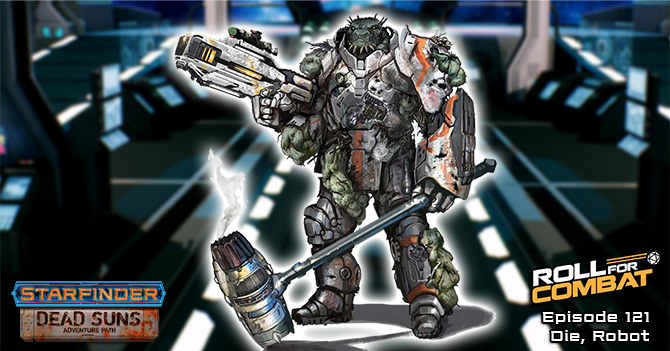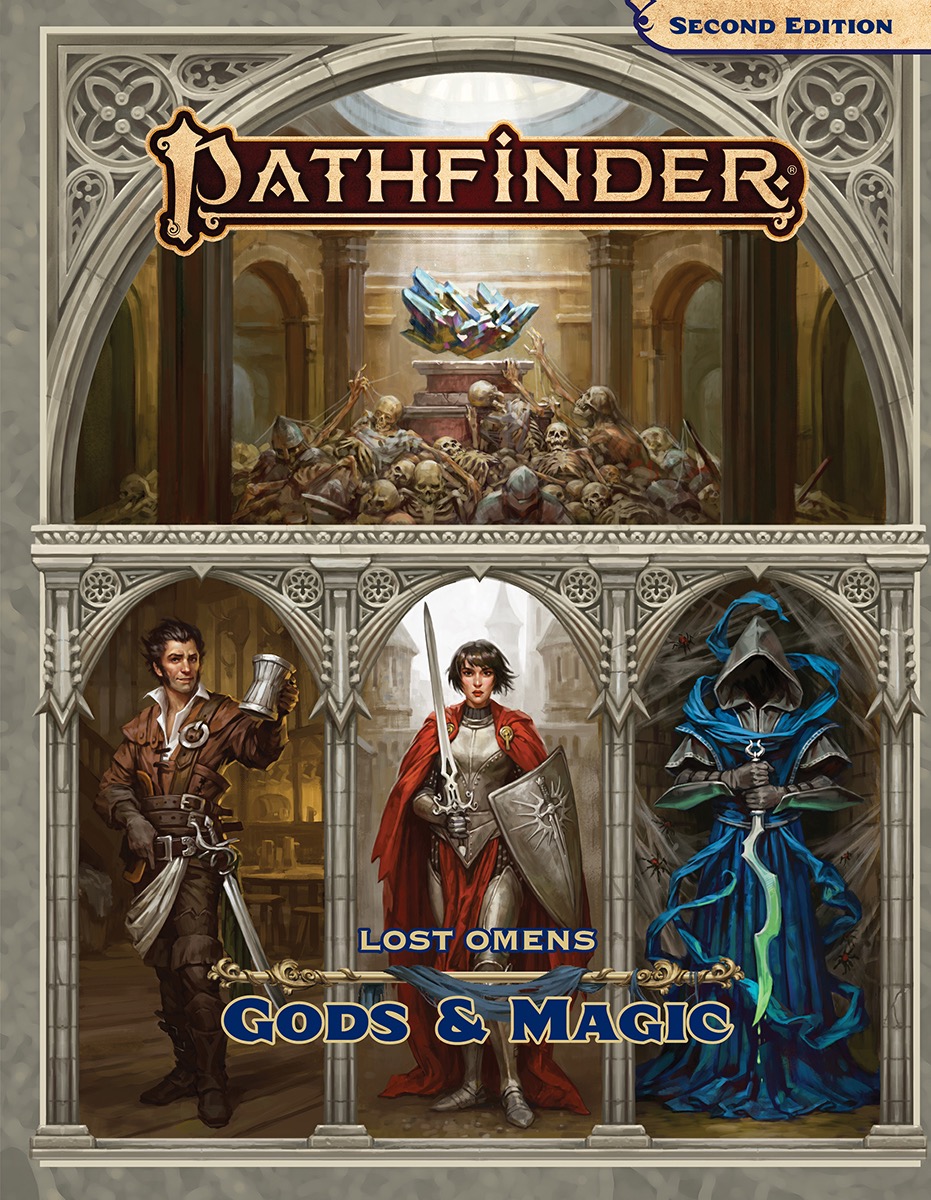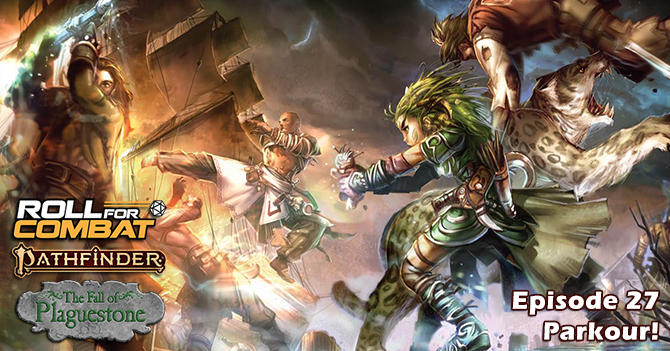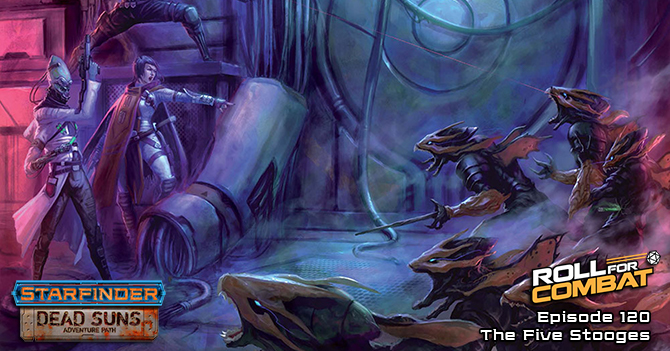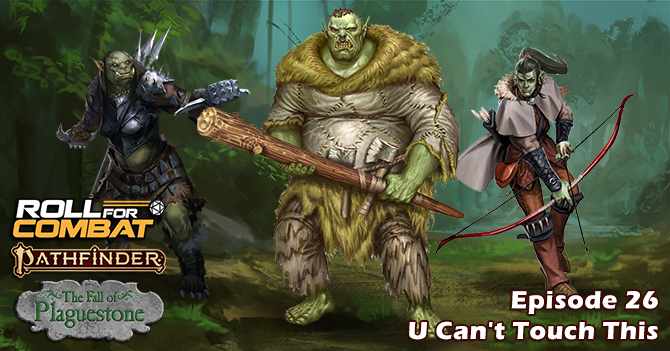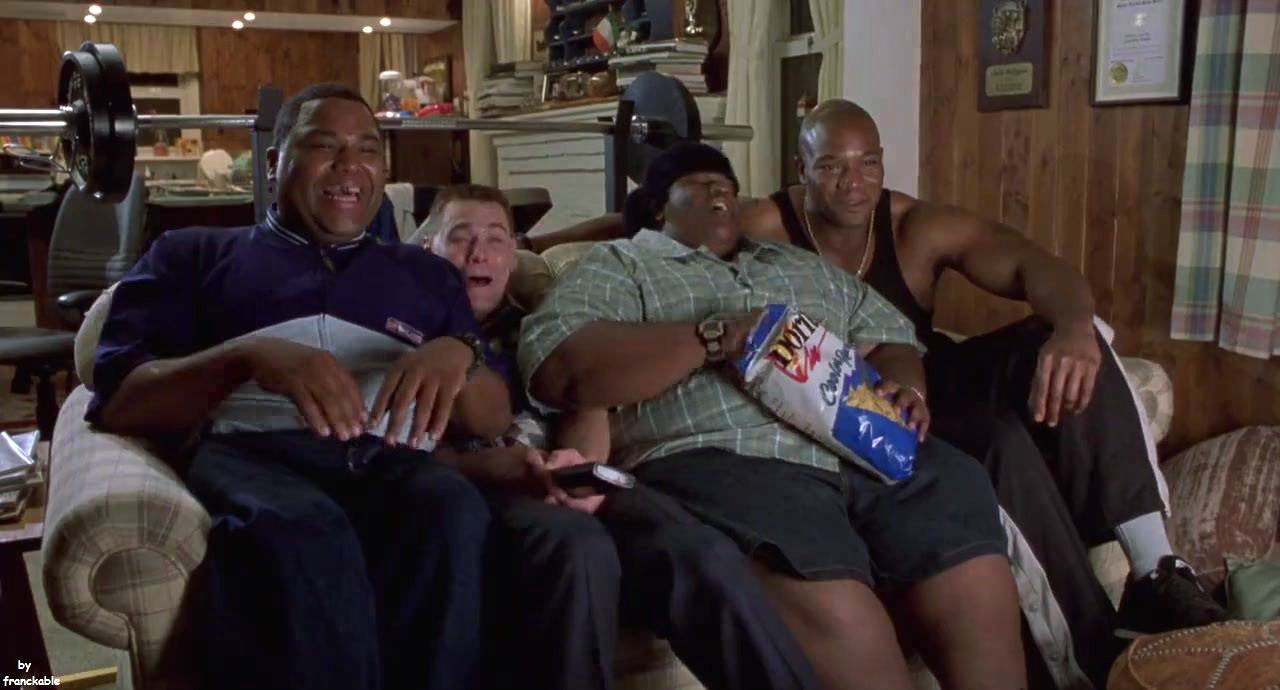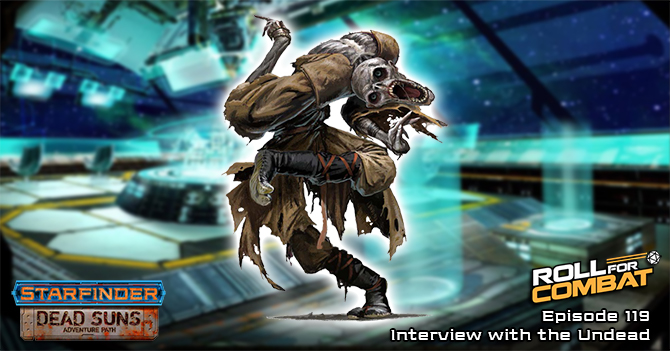Make sure to read Jason’s review of the Pathfinder Second Edition Core Rulebook, as well as his review of the Pathfinder Lost Omens: World Guide Review and Pathfinder Lost Omens: Character Guide Review.
If you enjoyed this review make sure to check out our Pathfinder Adventure: The Fall of Plaguestone Actual Play Podcast!
I feel like I should start with a bit of confession that maybe I’m not the best person to be reviewing this book. I’ve always had an indifferent relationship with the gods when it comes to roleplaying games. As far as I’m concerned, they serve as the plot engine for how divine magic works; you pick one that sort of fits with whatever alignment you’ve decided to play, and then it’s time to roll dice and fight stuff. Even my clerics and paladins sometimes make more references to Grabthar’s Hammer (what a savings!) than they do to the actual deity they’re supposed to be worshiping.
On the other hand, for better or worse, I do represent a certain type of player that exists within the RPG landscape, so my opinion is no less valid than anyone else’s; it’s just a filter you’ll have to read through. I figure as long as I acknowledge my biases in advance, I can still give you a look that’ll help you decide whether this book is right for your gaming table.
Let me acknowledge that writing a book about the gods is a tricky tightrope to walk. The challenge that presents itself is that the gods are supposed to be mysterious and unknowable. So if you write them as TOO mysterious and unknowable, you write a book full of fluff that doesn’t provide any actual gaming value. If you write with too much specificity, you make the gods an ordinary part of the world and undermine some of the mystique that makes them… well… gods. If you need an example of how wrong the latter approach can go, go back and look at the original AD&D Deities And Demigods… also known informally as “Hey, Let’s Give The Gods Stat-Blocks So We Can Kill Them”.
I suppose that’s where the “And Magic” part of the book comes in. The large majority of the book is about the gods themselves, and…. not gonna lie, it gets a little esoteric and detached in places. But there are about 20 pages toward the end – feats, spells, deity-themed magic items – where things get very rubber-meets-road.
But let’s not get ahead of ourselves. Let’s start with the gods since they represent the majority of the book.

First, we have the main 20 gods that were introduced in the Core Rulebook (and the gods you’re going to be most familiar with coming from First Edition). Desna, Cayden Cailean, Pharasma… the whole crew. If you’re already playing this game, I would assume you have at least passing familiarity with them, but Gods & Magic gives you a deeper dive. Each god gets a two-page writeup that starts with a summary block – which gods are allies and enemies, who worships them and where they do so, and other such “quick-hit” information. (Including favored colors, in case you need help painting your miniature!) This is generally followed by a high-school civics breakdown of the god and their place in the Pathfinder universe, a sidebar that gives you some common aphorisms, and perhaps the most interesting part of the write-up: rules for divine intercessions.
Divine intercessions attempt to answer the question of “how would each god choose to reward or punish their followers?” This is handled through the mechanisms of boons and curses, with mild, moderate, and major options given for each. (To quote Sesame Street, this section of the book was clearly brought to us by the letter “M”). A mild boon or curse might be something as simple as a re-roll of a skill or saving throw. Major boons and curses can be character altering effects that might seriously change how a character plays. The Moderate curses and boons fall in between those two extremes – some of them are pretty close to minor effects, while others could almost be major effects.
To give an example, let’s look at Pharasma. Her minor boon is a single +2 to a skill check. Eh… whatever. Her moderate boon is an increased mastery of life and death magic – +1 positive energy damage against undead on melee attacks, +1 damage per spell level on damage spells, and/or +1 point per level on heals – not overpowering, but a nice little bonus. Her major boon, though, is pretty crazy. Pharasma decides on a fate you must fulfill (in game mechanics, the GM decides on a task you must complete). Until you fulfill that fate, you cannot die – anything that would kill you gets converted to a non-lethal misfortune of some sort. However, if you should’ve died and the boon saved you, you die peacefully in your sleep once the fate-quest has been completed. Crazy, huh? (Meanwhile, her major curse is that your family line is destined to end and you can’t have kids or otherwise procreate.) Pharasma does NOT screw around.

After the main 20 are fully fleshed out, we get introductions to 20 newer gods. These seem like the up-and-comers of the Pathfinder universe (and eyeballing it, may represent gods that were introduced during First Edition adventure paths). In terms of coverage, these gods split the difference – they don’t get as much detail as the main 20 get here (no boons and curses, one page instead of two), but they do get more ink than the main 20 got in the Core Rulebook. For these gods, we get an information block that covers the basics – domains, favored weapon, anathemas, etc. – followed by a few paragraphs about the god and then statistics for that god’s version of the Avatar spell.
The next couple of sections are a little more geared toward GM world-building, though some could also have player character applications. First, there’s an extensive lore dump on demigods and other supernatural entities that aren’t gods but can still have followers: demons, elemental lords, and such. These guys are pretty much entirely world-building material for GMs, since they’re monster-oriented and almost all toward the evil end of the spectrum. After that, the book introduces the concepts of pantheons and philosophies. Pantheons are a group of gods one can worship as a collective – for example; a dwarf can worship Torag (one of the Big 20) individually or can worship the whole family of dwarven gods in their entirety. Philosophies are religious organizations that aren’t connected to any god or divine origin – Religion Unplugged. My personal favorite of these is the Prophecies of Kalistrade: the basis of their religion is the accumulation of wealth through trade, but amongst their anathemas are giving to charity and wasting money on extravagances such as food and drink. So they basically rack up a bunch of money and then don’t spend it on anything fun. Cool plan!
After all of this – roughly the first 100 pages of the book – we get into options for player characters. Feats, spells, magic items and other equipment… the fun stuff, from a player perspective. I’m going to spend most of my time here on the magic, which is a combination of standalone spells and domain spells for 18 new cleric domains. The feats and magic items… there’s less than a dozen of each.

The standalone spells are an interesting mix. I assumed they’d be a) mostly divine spells, and b) possibly be tied to the worship of specific gods. Neither of those turns out to be true, though – there are plenty of arcane, occult, and primal spells, and if there’s a connection to specific gods, it’s conceptual rather than explicit.
Just to hit a few examples, one of my favorites is Time Beacon, a single-action spell which basically gives you a chance to rewind your turn if things don’t go well. So you’d cast Time Beacon, do the Dangerous Thing You Plan To Do, and then reset if things don’t go well. Some effects get a saving throw, but it’s still a pretty neat concept. Animus Mine booby-traps your brain against spells with mental effects – if someone tries to cast a mind-affecting spell on you, they get a save against 4d8 (or more if heightened) damage. Toward the weird end of the spectrum, you have something like Iron Gut, which lets you use your stomach as a limited-use backpack – you can store and retrieve a single item of light or negligible bulk in your stomach.
And then there’s also Slough Skin, which causes you to shed and regenerate your skin constantly over the duration of the spell. The good news is if you take any persistent damage based on skin contact – acid, contact poisons, and such – the DC to remove the damage becomes easier because you’re basically shedding the skin that’s in contact with the bad effect. The bad news is if anyone is tracking you, they have an easier time doing it because… well… you’re leaving a trail of dead skin wherever you go. It’s not a huge collection of spells, but there’s some interesting stuff here.
The cleric domains each come with a regular (Level 1) and advanced (Level 4) domain spell, and as mentioned, there are 18 new ones to choose from. My eye was immediately drawn to the Swarm domain: at Level 1, you get Swarmsense, which lets you summon a swarm for scouting purposes (no attack, but has various movement and sight properties), and the advanced spell is Swarm Form, which… you guessed it… lets you turn into a swarm of Tiny creatures. The Soul domain has an interesting advanced spell, Ectoplasmic Interstice, which creates a zone where the material and incorporeal worlds merge – incorporeal creatures can interact with physical objects, and players can hit ghosts as if they have ghost touch weapons. And OK, although it’s Necromancy, I kinda dig Foul Miasma from the Plague domain: if a creature is infected with a disease, Foul Miasma lets you pull it out of the creature’s body and create a 15’ cloud of the disease. Evil… but cool.

The magic items are an interesting mix, but there aren’t a lot of them – only about a dozen. Personally I would’ve liked to see a few more. I’m just marveling in slack-jawed awe at Torag’s Silver Anvil. It’s a Level 18 item, so it’s SUPPOSED to be powerful but… “+3 holy greater flaming greater striking silver meteor hammer”… damn, that’s a lot of keywords. Oh, and it can also be used as an actual anvil in crafting, where it confers bonuses to craft checks or adds additional hit points on Repair checks. MORE PLEASE.
At the tail end of the book, there’s a handy appendix that gives you a comprehensive chart for all the gods – alignments, favored weapons, edicts and anathemas, etc. It’s absolutely a useful reference, but if I have a minor quibble, it’s that its formatted span facing pages in a physical book, so in the PDF, you have to page up and down one page to read all the columns for a particular deity. If you’re going to use it regularly, you’ll almost have to print it out and mount it on something.
So, final verdict time. Overall, I found it a little bit disjointed, like they smushed two books with different purposes together. Yeah, it evens out to something that satisfies multiple audiences, but I’m not sure it feels like one cohesive entity. I think the need for the book is largely dependent on what kind of game your table plays. If you’re playing a “low theology” game where all you’re doing is running around bopping orcs on the head, 100 pages of doesn’t really offer anything you didn’t get in the Core Rulebook and there’s not enough of the “other” stuff to make this book a high priority. But if you’re playing a “high theology” or heavy roleplay campaign that really leans into the religious material – heralds of the gods showing up to challenge your players actions, different religious factions using the world as a chessboard to battle for power, and such – this book becomes a pretty fertile source for world-building and for understanding that landscape better.

